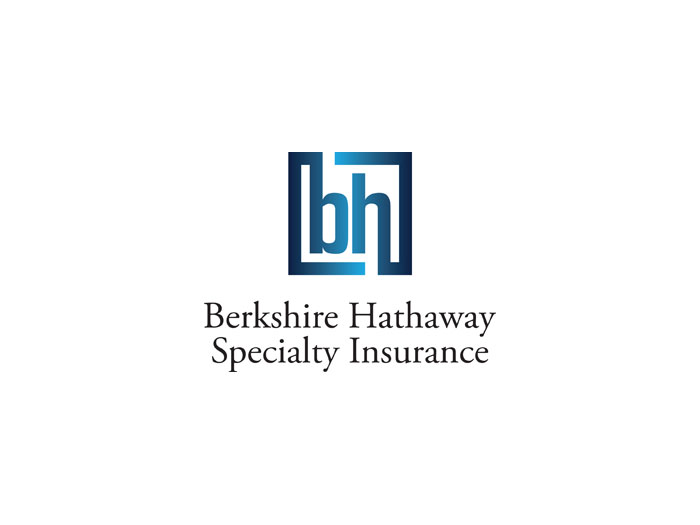Here’s Proof That Advocacy Programs Are Producing Optimal Results

Lesley Zielinski doesn’t need to be sold on the concept of worker advocacy in creating better workers’ compensation outcomes. The senior director, workers’ compensation and risk intelligence for Kelly Services, has seen firsthand what a new approach to managing claims can do for worker health and the bottom line.
Zielinski presented on the topic, “How Advocacy Programs Produce Optimal Outcomes,” at the NWCDC in Las Vegas on Wednesday, Dec. 5, and she had some pretty interesting things to say alongside Linda Maw, the director of workers’ comp for TrueBlue, and Veronica Cressman, a senior vice president, medical programs with ESIS.
Kelly Services, a staffing services provider, was seeing high litigation rates on its workers’ comp claims in some parts of California. So in 2016, Kelly started taking a less confrontational approach to managing workers’ compensation claims.
That meant “not delaying claims unless there was a really strong reason why and looking at a claim that was being suggested for denial and considering whether it was a strong move to deny versus accept and closely manage the claim,” Zielinski said.
Zielinksi and her team also developed a custom telephonic nurse case management program that could be used in some of the company’s most problematic locations.
In addition to the company’s California trouble spots, the program also rolled in some claims from Illinois, Missouri and Florida.
The nurse case managers were charged with letting injured workers know Kelly Services had requested the nurse case management service for them and that they were there to help with any insurance or medical questions the worker might have. ESIS is now utilizing its own model, based in part on the work pioneered by Zielinski and Maw.
“After we touched base with a couple of clients, those two in particular — where we realized they had stepped forward and started doing their own pilots — we asked for them to start sharing that information, because they were working with our nurses and they were working with our claims reps, but we had not yet formalized it from our side,” said Cressman of ESIS.
A less confrontational workers’ comp approach meant “not delaying claims unless there was a really strong reason why and looking at a claim … suggested for denial and considering whether it was a strong move to deny versus accept and closely manage the claim.” — Lesley Zielinski, senior director, workers’ compensation and risk intelligence, Kelly Services
“Yes, we were aware of it, but they started it and then tapped into that and we looked at how we could make sure that the messaging and the goals across the board were shared with all disciplines within the ESIS organization,” she added.
“We have embedded that into our best practices, and then in addition to that, some of our clients have gone one step further and made sure that there is someone from the clients’ representatives actually doing outreach and making sure that the employees’ concerns are being heard, that they are valued, that they have a job to go back to,” she said.
The result? In the California trouble spots, the first wave of the Kelly Services program, litigation rates were cut from 23.6 percent of cases to 13.7 percent of cases. Rates were also cut in Missouri and Illinois. Florida, with its problematic Castellanos decision at the state Supreme Court level, is still a tougher row to hoe.
Cressman said ESIS is in the process of collecting data to see how effective the advocacy approach has been for its other clients that are utilizing the method. &












